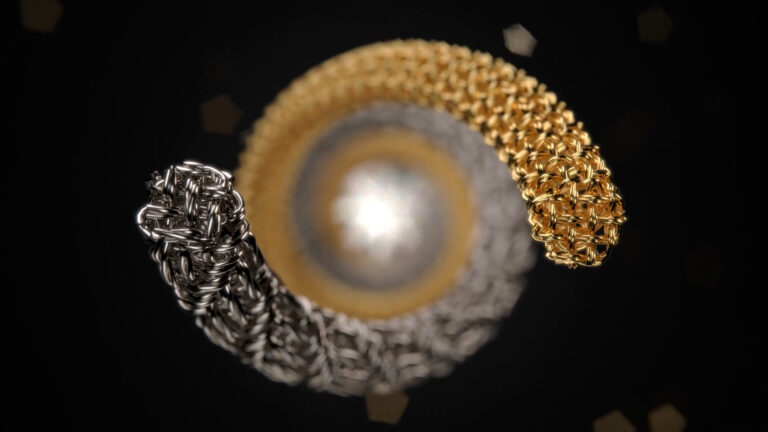“Really?! It’s that easy? You have got to be kidding me.” We hear that all the time. If you use it, you know how simple it is, If you’ve not tried it, it’s easy to start and if you are either KeyShot model animating master or just getting started, we’re here to give you a few tips to help with the animation workflow.
Creating Animation in KeyShot
Creating animations in KeyShot is extremely easy. You don’t have to worry about keyframes. Just select the type of animation and adjust as needed. All the animations line up on a timeline that let you view everything in one spot, adjust them together, preview and continue to adjust your materials and environments, all while the animation is playing. It’s real-time animation and while the creative possibilities are up to you, here are a few tips that will help along the way.
Rename/Group your animations
Animations will automatically get a name when created, but if you would like to change that name, simply select the animation and change the name from the Poject window in the Animation Properties. You can also group your animations by right-clicking on one or multiple animations and selecting ‘Add to Folder’. You can even add sub-folders by right-clicking on a Folder or part within a Folder. I prefer to start organizing animations by animation type and part animation, then adding sub-folders for additional animations.
Use the Timeline settings
KeyShot Animations have separate settings from the rendering settings. The Timeline settings button is located on the Animation Timeline, above the time code. Here, you have options to adjust the timeline FPS and unit, along with setting for the animation preview. Be sure to adjust the preview settings here to change the quality of the test rendering you do. I like to limit initial test renders to 1.00 second per frame and 4 samples on a quick 30 second rendering.
Adjust the default animations
If you are going for a basic turntable or camera orbit animation, you can add a lot more interest by simply increasing the duration. For example, when creating an turntable animation, it will come in at a default 5 second duration. Increase this to 30 seconds, adjust the angle to 90 degrees and add an Ease in/out effect. You’re animation will be looking good and with an additional camera Inclination animation, you’ll end up with a sharp-looking animated shot of your product.
Adjust animations together
Multiple select. There’s a lot you can do with that. Adjusting, moving and mirroring your animations all at once are just a few examples. You know you can mirror a single animation with a right-click. You can also mirror multiple animations by selecting the combination.
Use performance mode during playback
While you’re adjusting your render settings, materials and lighting, you may want to see how shadows and lights fall, but when you’re working out the composition, you can save bandwidth by turning on Performance mode using Alt-P. Additionally, you can just hit ‘S’ to toggle Self Shadows.
That’s a quick wrap-up and a few tips that will help you along the way. What tips do you have for creating animations in KeyShot?











